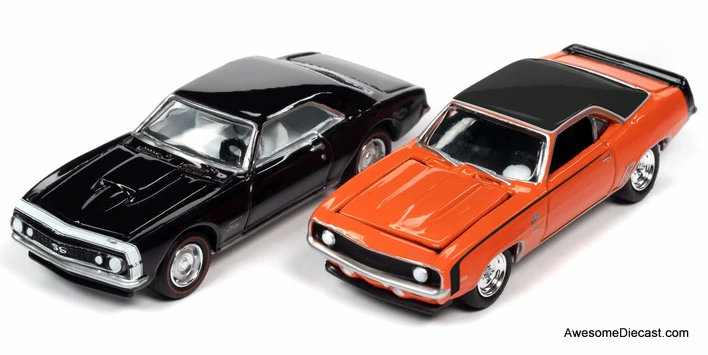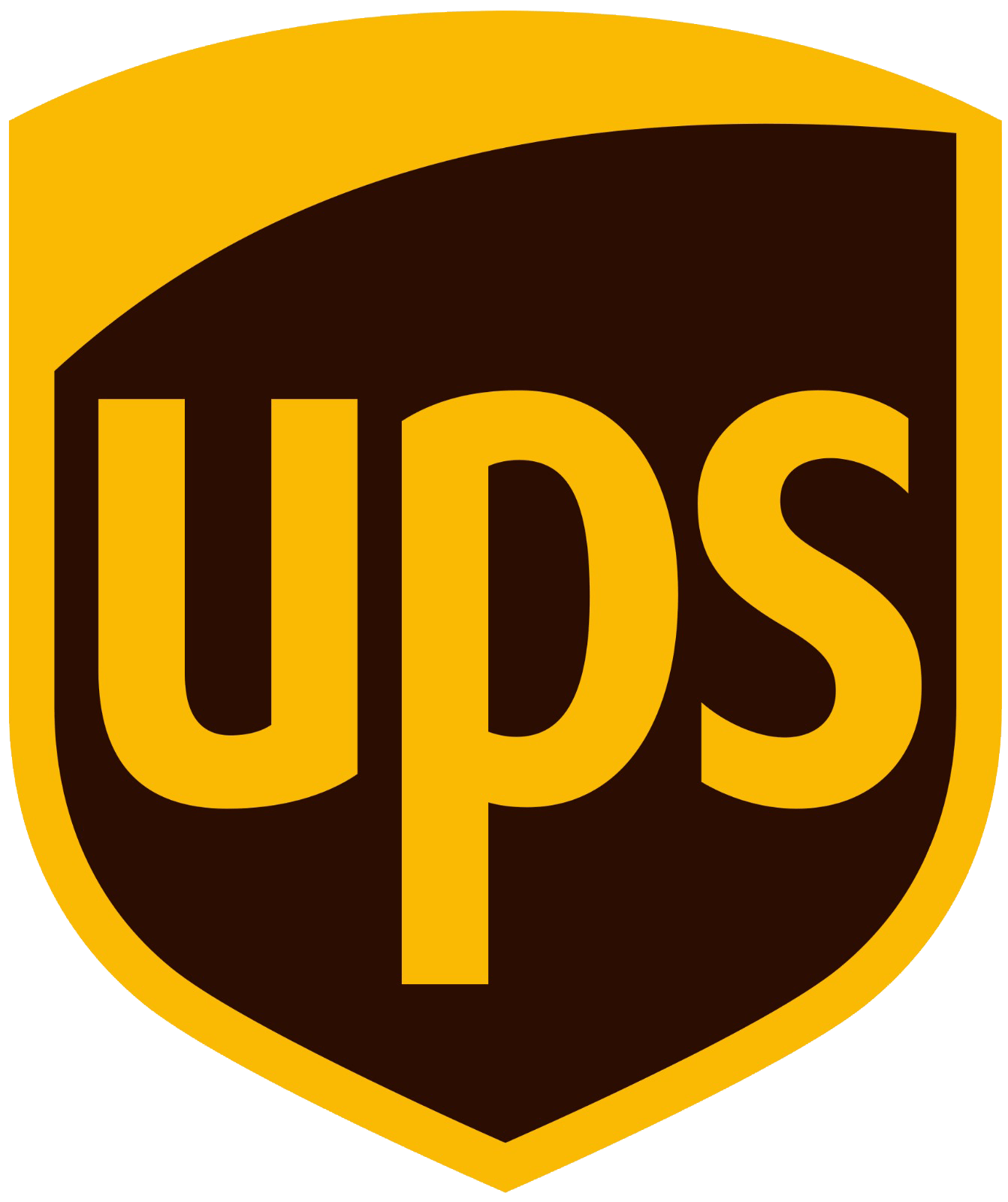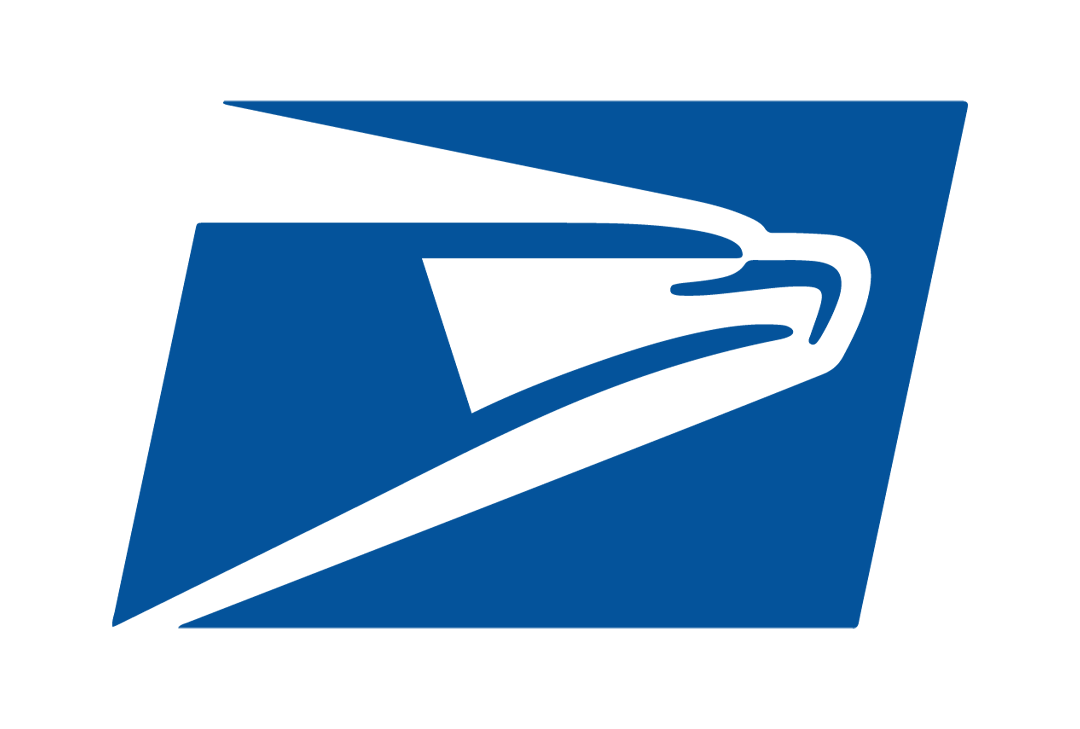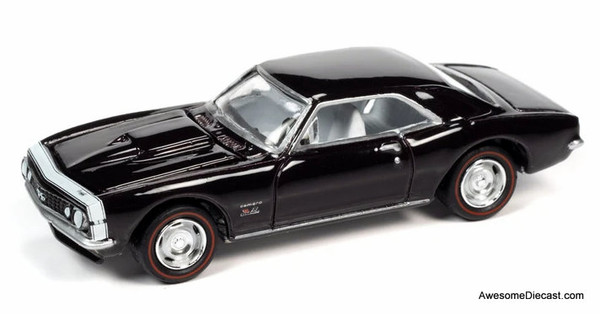Johnny Lightning
Johnny Lightning 1:64 Baldwin Motion Performance: 1967 & 1969 Chevrolet Camaro SS

Johnny Lightning 1:64 Baldwin Motion Performance: 1967 & 1969 Chevrolet Camaro SS
$32.20
Among the dealership-based supercar builders of the 1960s and ’70s—including Yenko, Nickey, Grand Spaulding Dodge, and Royal Pontiac (to name a few)—the most outrageous builder of true street terrors was Baldwin-Motion. Taking nothing away from the Grand Spaulding 1967 Dart GSS or Yenko COPO Camaro, the Baldwin-Motion cars were on a whole different level with their made-to-order custom builds.
Most performance enthusiasts in the ‘60s and ‘70s would purchase a new muscle car, bring it home, and immediately add a set of wheels along with a bevy of speed parts meant to enhance performance and make the car their own. These homespun transformations, usually carried out right after the car was purchased new, are known as “Day Two” cars in today’s muscle car market.
However, there was a learning curve with these back-alley builds. Some projects went backward in performance when these modifications and upgrades were not professionally executed. Such modifications also could negatively affect a car’s handling, drivability, and value. The demand for proper, professional Day Two experts emerged
Most of the supercar dealerships of the muscle era essentially provided a stock-bodied vehicle with plenty of extra horses, using either a highly tuned factory power plant or a high-performance crate engine. Baldwin-Motion took new Chevrolets, sold through Baldwin Chevrolet in Baldwin, New York (Long Island), and then delivered them to Joel Rosen’s Motion Performance speed shop (also in Baldwin), where they became street-legal, turn-key drag cars. The partnership between the two companies would allow any client to buy a built-to-order street machine, limited only by the buyer’s imagination and financial resources. Some of these cars even came with a written, money-back, quarter-mile performance guarantee.
Baldwin was a family-run Chevrolet dealership, and it had no reputation or previous dealings in the high-performance car business. But by 1966 Rosen and Ed Simonin (the general manager at Baldwin) formed a partnership that would allow any customer to have a Camaro, Chevelle, or Corvette built into a killer street machine at Motion Performance and delivered through Baldwin Chevrolet. The cars could even be financed by the General Motors Acceptance Corporation (GMAC).
Baldwin-Motion cars came complete with dyno-proven engine, suspension, and drivetrain upgrades that worked on the street, drag strip, and even a road course. Professionally-applied special paint and body modifications, along with custom wheels, set these cars apart visually from anything else on the street. Crucially, Baldwin-Motion cars were all totally custom and built-to-order, so each example was unique.
The most valuable Baldwin-Motion cars are Phase III Corvettes and Camaros. Roughly 10 of the Phase III Corvettes were produced between 1969–71. Phase III and SS cars had unique exterior trim, including Motion badging, as well as custom fiberglass body treatments like stinger hoods and unique paint treatment. These cars also offered an options list that included a wide array of high-performance engines, transmissions, and chassis. Popular options included Holley three-barrel carburetors, aluminum high-rise intakes, Phase II CD ignitions, Sun Super Tachometers and gauge sets, Super-Bite suspension components, scooped hoods, a variety of aftermarket magnesium wheels, headers with chrome side exhaust, and Hone Overdrive transmissions, which allowed high-speed cruising with a variety of ultra-low rear gears set options










